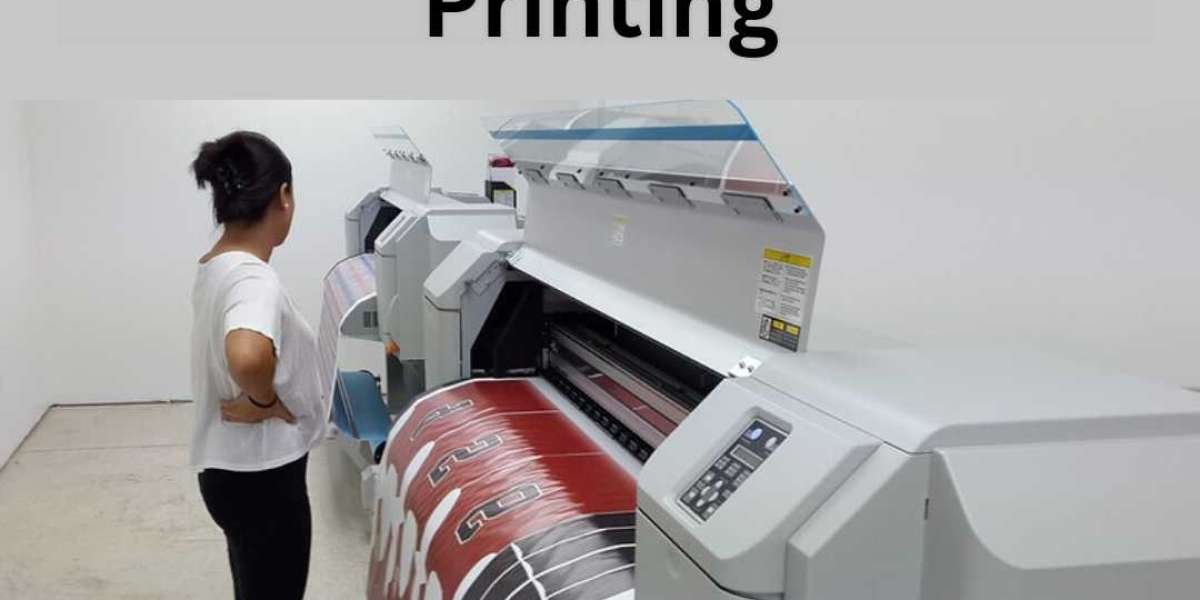Fabric sublimation printing has revolutionized the way we approach textile design and customization. This innovative printing technique allows for vibrant, long-lasting, and intricately detailed designs to be transferred onto fabrics, opening up a world of creative possibilities for designers, artists, and businesses alike.
Understanding Fabric Sublimation Printing
What Is Fabric Sublimation Printing?
Fabric sublimation printing involves a unique process where heat and pressure are used to transfer dye onto fabric, resulting in a permanent, high-quality print. Unlike traditional methods that sit on the surface of the fabric, sublimation ink is absorbed into the material, creating a durable and fade-resistant image.
How Does It Work?
Sublimation printing uses heat to transform solid dye particles into a gas without passing through a liquid stage, a process called sublimation. The dye-infused gas then bonds with the polyester fibers of the fabric, resulting in vibrant, high-definition prints.
Advantages of Fabric Sublimation Printing
1. Vibrant and Long-Lasting Prints: Sublimation printing offers unmatched color vibrancy and durability. The prints are resistant to fading, washing, and wear, ensuring that designs retain their brilliance over time.
2. Versatility: This technique is highly versatile, allowing for printing on a wide range of polyester-based fabrics. From sportswear and fashion apparel to home decor items like cushions and curtains, sublimation printing offers endless possibilities.
3. Eco-Friendly: Sublimation printing is considered more environmentally friendly than traditional methods because it produces minimal waste. The process doesn’t involve water usage or require additional chemicals for fixing the print.
4. Detailed and Photo-Realistic: Sublimation printing enables the reproduction of intricate details and photo-realistic images with exceptional clarity and sharpness, perfect for complex designs and photographic prints.
Tips for Successful Fabric Sublimation Printing
1. Choosing the Right Fabric: Opt for fabrics with a high polyester content, as sublimation printing works best on materials that are at least 80–100% polyester. The polyester content allows for better dye absorption and vivid color rendering.
2. Proper Image Preparation: Ensure your designs are high-resolution and in the correct color mode (CMYK) for accurate color representation. Quality artwork is crucial for achieving the best results.
3. Temperature and Pressure Control: Follow manufacturer guidelines for heat press settings and ensure consistent pressure and temperature throughout the printing process to avoid uneven prints.
4. Test Printing: Always conduct test prints on sample fabrics to fine-tune colors, temperatures, and settings before printing in bulk. This helps in achieving the desired output and prevents potential wastage.
Conclusion
Fabric sublimation printing is a game-changer in the realm of textile design and customization. Its ability to produce vivid, durable, and intricate prints on various polyester-based fabrics offers endless opportunities for designers and businesses to create stunning, personalized products. By understanding the process, leveraging the right materials, and fine-tuning printing techniques, one can master the art and science of fabric sublimation printing, unlocking boundless creative potential. Contact Us Now








